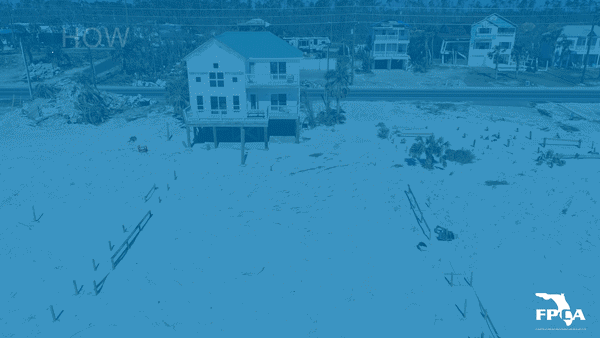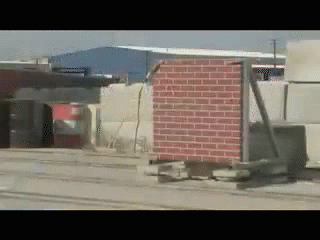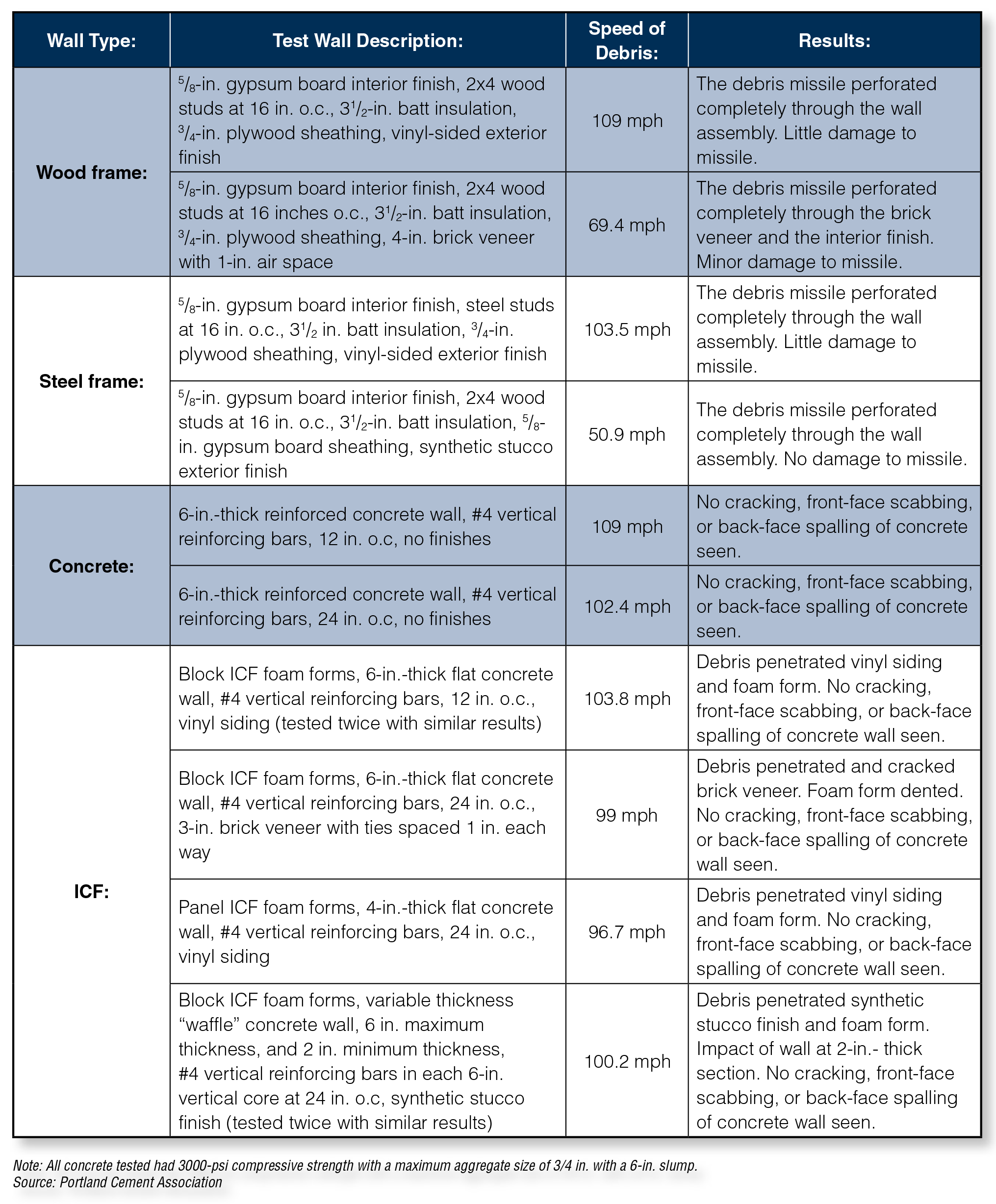Concrete is one of the better options for architects or engineers who are worried about wind safety or storms. During severe storms, concrete’s wind resistance can stop debris from smashing through walls and harming other building elements.
The buildings that adhere to specified architectural principles are considered storm resistant. These design ideas strengthen the building’s defenses against the dangers posed by these extreme weather events.
The following ideas serve as the foundation for this type of storm-resistant design.
Load Path
It takes an unbroken load channel from one end to the other to safely transfer the forces a storm generates from a building to the ground. This fundamental idea is crucial for linking and strengthening all structural components, including walls, floors, and roofs.
It is possible to increase the stability of a building by evenly dispersing the pressures brought on by high winds over the whole thing. When designing and building hurricane-resistant structures, it is crucial to use a continuous load path to promote increased stability and resilience during extreme weather events.
Wind Resistance
Strong wind resistance is essential for safeguarding buildings from storms. Buildings must be constructed to withstand the uplift, lateral, and torsional strains that high winds cause. To boost wind resistance, choosing sturdy materials like reinforced concrete and incorporating effective bracing mechanisms is crucial.
According to research by the Portland Cement Association, homes constructed with reinforced concrete walls are better suited to survive the strong winds and flying debris that hurricanes bring than those made of other materials, such as steel and wood. Homes with reinforced concrete walls can survive winds of more than 200 mph and flying debris moving at more than 100 mph.
Designers can overcompensate for possible issues in these high-risk regions to ensure they can endure wind loads. Designing for a wind speed of 200 mph and utilizing reinforcement to withstand that force should always safeguard the building. Reducing surface area in designs will also aid in ensuring that wind loads do not pose a concern.
A building’s ability to withstand wind forces is affected by various elements, including the design of its roof, the strength of the connections between structural elements, and the consistency of load paths. Homes and businesses are better equipped to survive the damaging effects of storms, saving lives and assets by emphasizing wind resistance during design.
Flood Resistance
The increased possibility of flooding from rain and storm surges necessitates the construction of flood-resistant structures in hurricane-prone locations. The amount of damage that buildings experience during floods can be significantly decreased by employing strategies to make them more flood-resistant.
One way to prevent internal water damage is to elevate the structure above the floodplain using piers, stilts, or elevated foundations. Salt-water damage that manifests as corrosion or component degeneration after the water has subsided shouldn’t pose a long-term issue. Precast concrete parts made for these maritime conditions frequently already have additives that reduce the risk of corrosion.
Some of the most typical building materials and methods that are resistant to flooding include:
-
Materials for walls and floors that resist water
-
Devices for preventing backflow
-
Flood vents allow water to pass through a building’s lower floors
-
Vents that lower hydrostatic pressure
By using flood-resistant design components like precast, which minimize property damage and protect residents, buildings can better survive hurricanes and related flood threats.
Impact Resistance
Impact resistance is essential in hurricane-prone locations because flying items can seriously harm structures and threaten their occupants. Using impact-resistant materials like concrete and laminated glass can make structures more resilient to collisions.
Buildings can be safer for their inhabitants and cause less damage during a storm if impact resistance is given priority throughout the design phase.
Key Takeaways
Every design team member is thinking about avoiding storm-caused devastation when designing a new structure. Precast concrete constructions defy most of the natural pressures that destroy other buildings.







